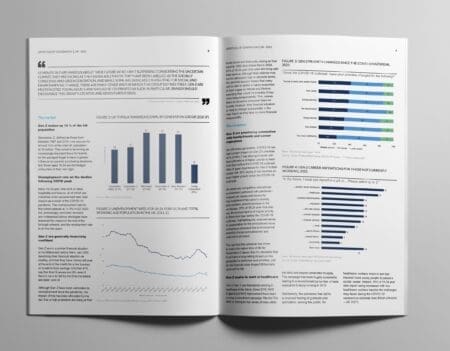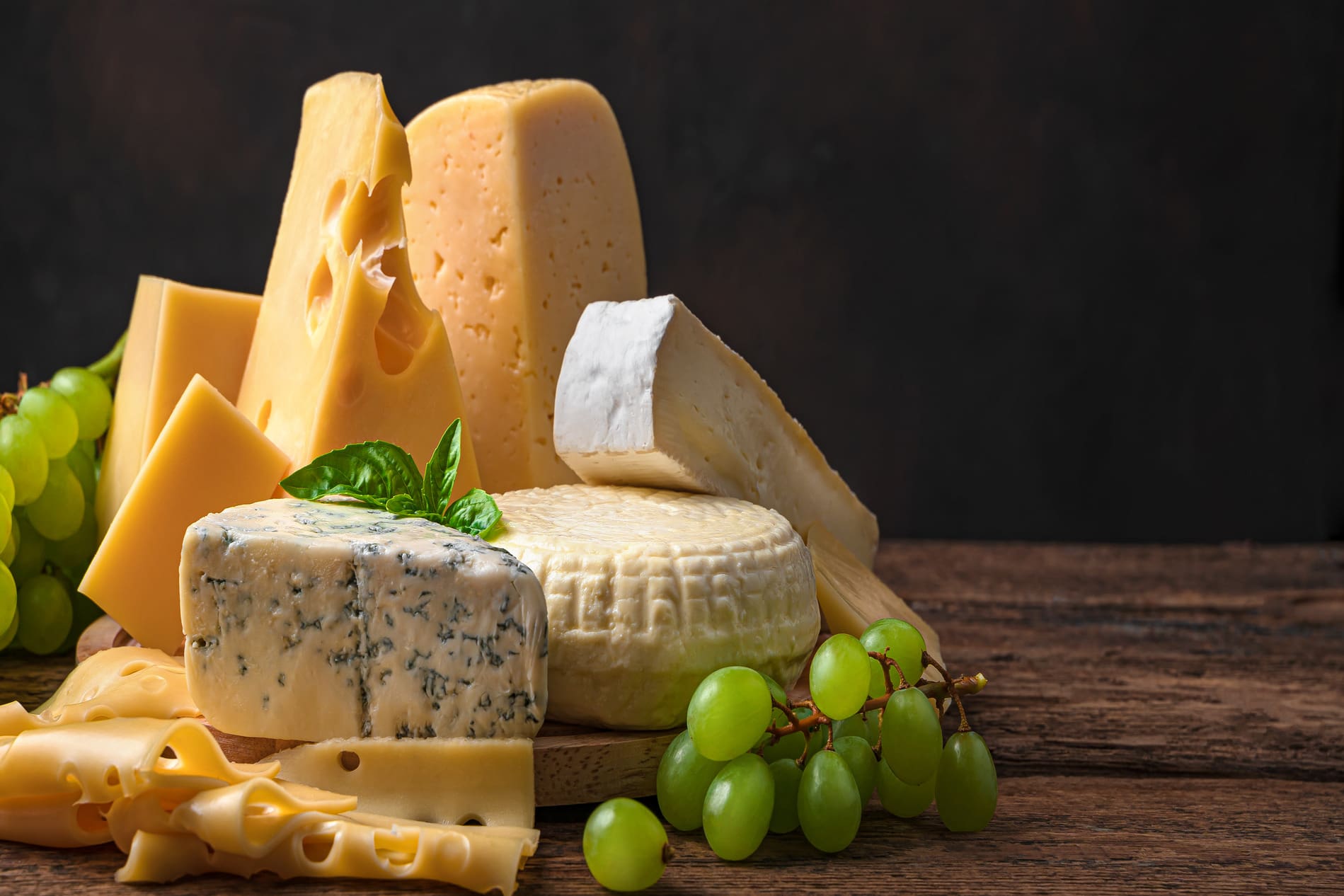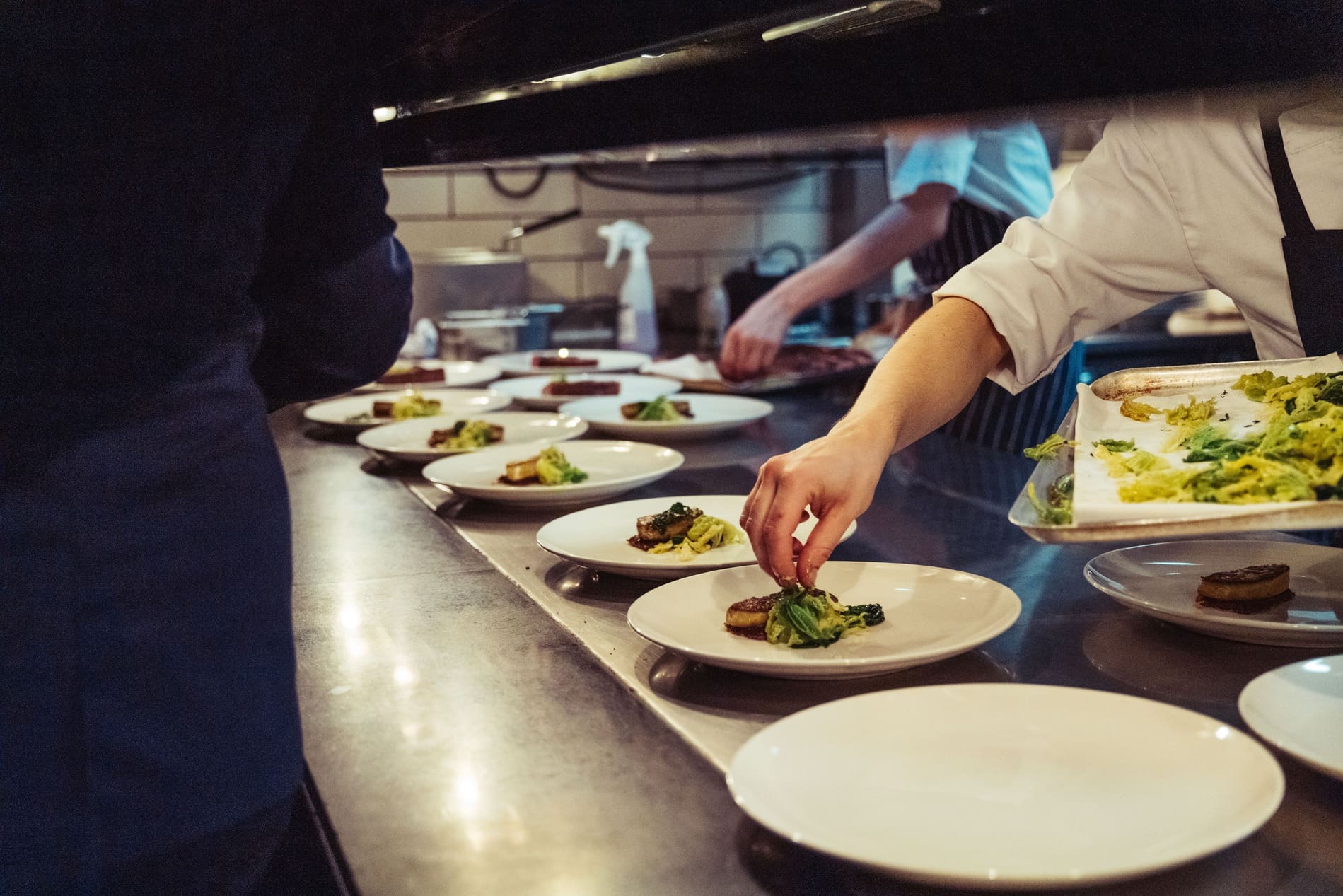Jamie Oliver’s recent petition for the greater use of squirrel meat may have made some toes curl, but it seems by and large many Brits are interested in breaking away from the well-established meal time favourites of beef, pork, lamb and chicken. Whilst today these meats have the monopoly on sales within the UK meat and poultry market, Mintel’s consumer research has found that many consumers are interested in broadening their repertoires, presenting a lucrative opportunity for both brands and retailers.
Agricultural development over the centuries has seen wild game become a decreasingly important source of meat. Today, only one in five consumers have eaten any type of game in the last six months. Whilst venison stands out as the most commonly eaten game, approximately only one in 20 adults have tried other varieties , including pheasant, hare, boar and grouse.
Are consumers willing to expand their culinary horizons?
Boding well for the growth of game is the considerable amount of interest in trying this type of meat. Approximately a third of adults would be interested in trying each of the most common types of game meat which they have not eaten in the last six months. This illustrates a wider openness to experimentation with different types of food among many consumers, with the growing foodie culture of Britain seeing consumers strive to expand their culinary horizons.
Interest in trying game may also relate to health issues, with game such as venison offering a healthier alternative to red meat thanks to its lower fat content. A lack of knowledge of how to cook or use game is also likely to be a barrier to usage. Encouragingly, however, almost one in five users of poultry or game would like to learn how to cook game, rising to a quarter of 25-35 year olds. This suggests scope for companies to provide more guidance in this area to encourage greater uptake of game and support further growth in the market.
Retailers increase their venison offerings
While the game market remains decidedly niche, with a value of less than £100 million, there are signs that the appeal of these products is growing. This has largely been thanks to a boom in sales of venison, which is becoming readily more available. For example, Tesco rolled out a seven-strong Tesco Chef’s Selection range, including venison burgers, meatballs and steaks from the supplier Highland Game across the UK in early 2014.
The festive period provides particularly strong opportunities for venison,with supermarkets keen to capitalise on the surge in interest in venison through their festive new products. Asda added Extra Special Venison Wellington to its 2014 Christmas line and Aldi and Lidl also launched venison products. While these have a premium positioning, the affordable price points from the supermarkets and discounters should help to widen the appeal of these products.
However, there is scope for supermarkets to do more to increase the visibility of venison and other game in store. For example, supermarkets could create a dedicated game area behind the meat counters at weekends during hunting season, having a game specialist on hand to give cooking tips would also allow people to find out more about game while also creating some in-store theatre.
Previously Mintel’s Fashion and Clothing Analyst, Emma joined the Food and Drink team in June 2012 and is responsible for researching and writing food reports. Before joining Mintel in 2011, Emma worked as a marketing information analyst at Marketforce and she gained retail experience from her time working as a fashion distributor for Debenhams at the company’s head office.








































